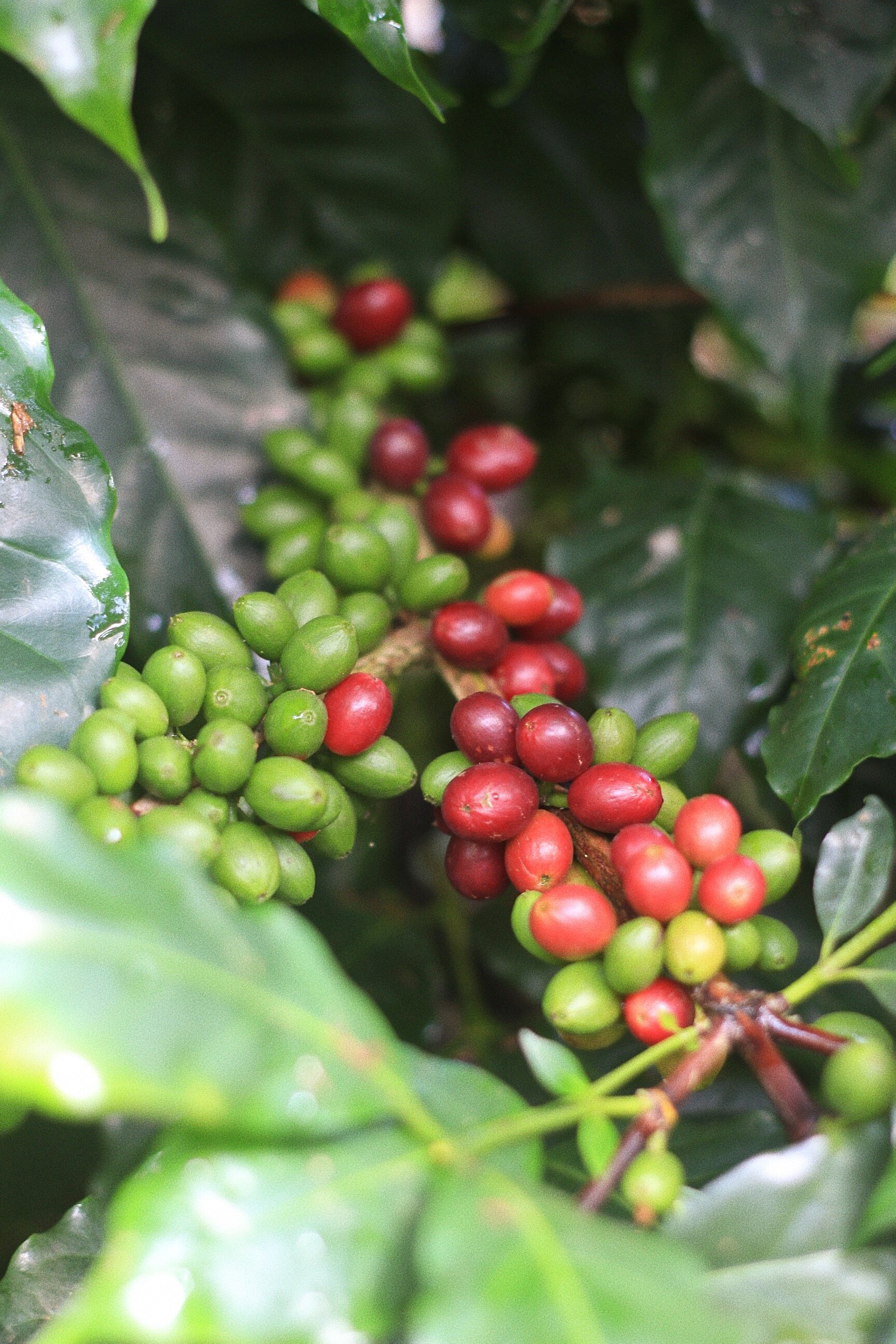It’s been a long time since we’ve checked in. We were very busy during what was a demanding stretch of the season. This season turned out to extend far into the later months due to coronavirus. We had to manage the final couple of exports there were for this year as well as compile all of the detailed information for each lot to share with our partners. It wouldn’t be fair to spend our time writing this newsletter while our roasting partners were waiting for their lot information.
There is a real sense of accomplishment to have completed our work with all of the lot information sheets and, even more so, knowing that all of the coffee is out of Costa Rica and has arrived at its destination. It’s truly been a privilege (via technology) to see all of the coffees being proudly released by roasters all over the world; and in some cases even getting to taste the roasts. By now, the majority of the coffee we worked with has already been launched by our partners and some of the smaller lots have already been sold out.
This year, it has been raining very well. It makes for a great environment to keep the farmers busy. It is during this time, between June and November, that most of the work goes into the farm. You can plant, prune, fertilize, fumigate, and clean up. While weather conditions have been positive for the upcoming crop the environment surrounding it is still very uncertain.
If we have been working together already than you know that Costa Rica’s production relays on labor coming from it’s neighboring countries of Nicaragua and Panama. In a typical year it all appears to go smoothly, but with the challenges Covid 19 brings to the movement across boarders there has been concern among farmers regarding the pickers of their harvests. This phenomenon is going to lead to uncertain results. As many coffee harvesters are indigenous (especially for Tarrazu and Brunca) there are laws protecting their ability to move freely; however there will still be stricter protocols at the farms. Currently the Ngäbe-Buglé indigenous are allowed to come to Costa Rica from Panama since they have double nationality but on the other hand the border with Nicaragua are close.
It’s been our observation that smaller operations will be less affected by the lack of labor while larger farms that need about 50 or more pickers at a time will struggle to keep up with their harvest. For everybody this will mean new protocols in the work environment that people are simply not accustomed to - and it’ll be very difficult to implement. We have seen that farmers are trying to get in touch with their harvesting groups earlier this year. Those that aren’t able to contact their returning groups begin to look inside of Costa Rica to people usually coming from the southernmost region.
The low supply of labor could end up raising the prices paid by farmers for a full “cajuela” of coffee cherries. This is favorable for the pickers available, but can lead to costly increases in the farmer’s expenses and can end up in the consumer’s purchase. We anticipate seeing farmers collaborating and sharing harvesters more this year than ever before. It is a possibility to see a difference in the quality of picking this harvest as many laborers doing this may not specialize in coffee.
Although the coming crop is looking like it will produce a bit more than last time there is still a good amount of coffees left in storage of the farmers. The uncertainty of coffee buyers during the peak of exporting made it difficult to sell coffee and so we are still trying to move whatever coffees we can for farmers even this late in the year. In fact we recently received an interest in coffee from an importer in Taiwan and after we put out the word to farmers on the ground we were delivered over 100 samples within a week.
Contracting coffee for export also becomes a challenge this far into the year because Icafe needs to close the harvest period 2019-2020. Icafe needs to register all the data from this harvest period by September 30th in order to know the yield of each mill, close the tax period and have other important harvest information that they need to register every year. That beaing said the farmers have time until September 30th to register exporting contracts in order to sell their product after the end of September. What we have had to do is direct producers to create a contract with themselves before the end of September so that afterwards they can transfer the contract into our ownership when the coffee is sold. It has been a privilege looking for opportunities to continue to help farmers move their coffee even well into the year.
Farmers are still concerned about what demand will look like for the next crop. With lockdowns and closures all over the world they fear that the consuming markets have been impacted in a way that will change their sales outcome. From our recent contact with roasting partners we do not currently anticipate a large decrease in buying next harvest. In the meantime some of the relationships we are a part of are eager to contract coffee pre-harvest and our gaze has definitely shifted towards the new crop.


